Figures & data
Figure 1 Aberrant FAs metabolism in HCC. In HCC, enzymes associated with fatty acid synthesis, such as ACLY, ACC, FASN, and SCD, are typically upregulated, and their increased expression is linked to a poor prognosis in HCC. However, ACSS stands out as relatively unique, as both upregulation and downregulation of its expression may be associated with adverse outcomes in HCC. In the FAs catabolism of HCC, there is typically an observed enhancement in FAO and LDs, while ferroptosis induced by FAs peroxidation tends to decrease. This is often associated with a poor prognosis in HCC.
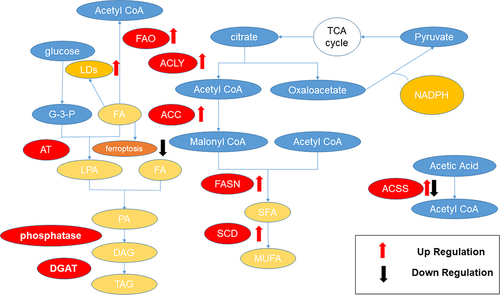
Figure 2 Lipid uptake. Cells uptake exogenous fatty acids through CD36, FABPs, and FATPs, and cholesterol transported by LDL is taken up through LDLR.
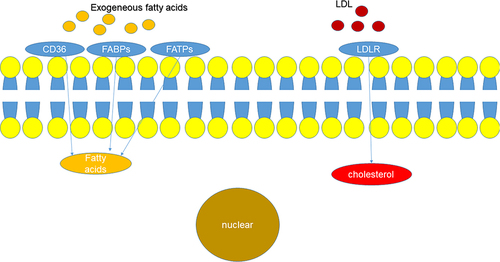
Figure 3 FAs synthesis. The citrate produced in the tricarboxylic acid cycle generates acetyl-CoA through ACLY. Acetyl-CoA is then converted to malonyl-CoA by ACC. Malonyl-CoA and acetyl-CoA combine through FASN to aid in the formation of SFA. Under the catalysis of SCD, SFAs are transformed into MUFA. G-3-P combines with activated fatty acids through AT to form LPA, which further converts to DAG. Subsequently, DGAT transforms DAG into TAG. Additionally, acetate can also be converted to acetyl-CoA through ACSS.
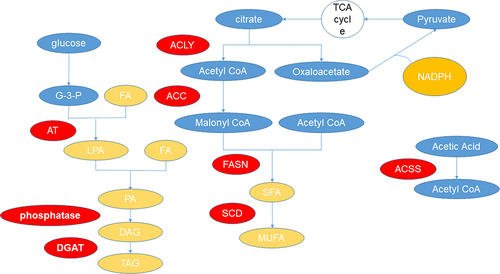
Figure 4 Aberrant cholesterol metabolism in HCC. In HCC, enzymes related to cholesterol synthesis, such as ACAT, HMGCR, SQLE, and SOAT, are typically upregulated, and their increased expression is associated with the occurrence and development of HCC. In the cholesterol catabolism of HCC, an observed enhancement in LDs is typically noted. The cholesterol efflux is characterized by a reduction in HDL and SR-B1, along with an increase in ABCA1 and ABCG1. This is associated with a poor prognosis in hepatocellular carcinoma (HCC).
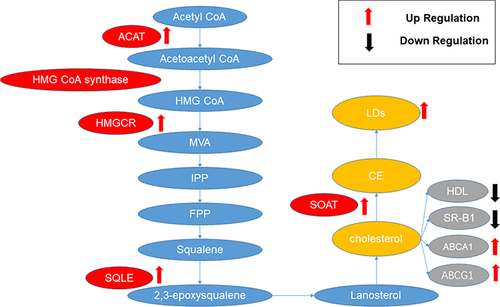
Figure 5 Cholesterol synthesis. Acetyl-CoA forms acetoacetyl-CoA catalyzed by ACAT, which then, through HMG CoA synthase, generates HMG-CoA. HMG-CoA, catalyzed by HMGCR, forms MVA, leading to the production of squalene. Squalene is oxidized by SQLE to 2,3-epoxysqualene, ultimately synthesizing cholesterol. Cholesterol, with the assistance of SOAT, is converted into CEs.
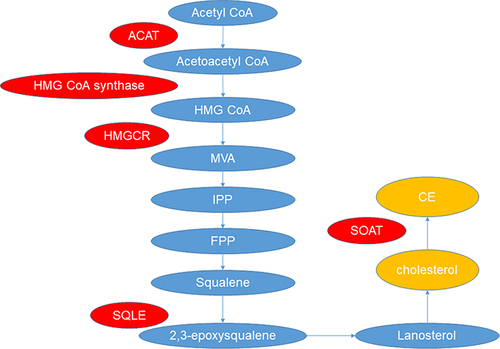
Table 1 Clinical Trials Targeting Lipid Metabolism
